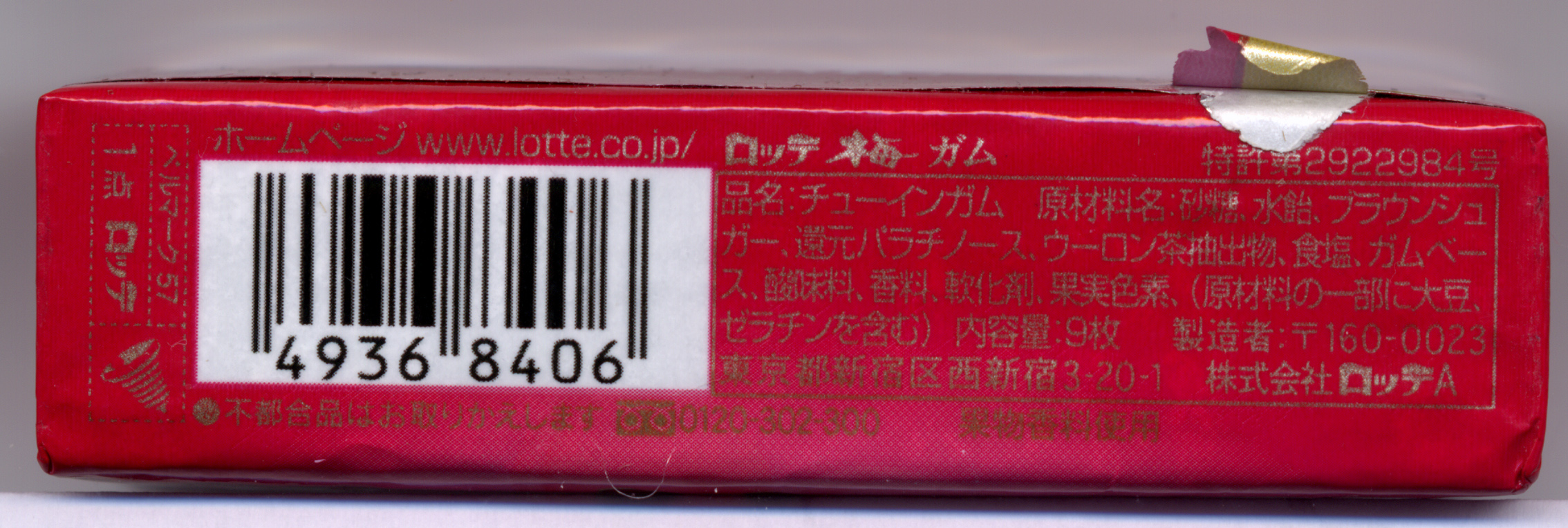Back within the early nineteen nineties, when native firefighters obtained a call from Moli Energy, they knew precisely the place to head: the company’s battery warehouse. The Vancouver-primarily based firm was the primary to mass produce rechargeable lithium-metal batteries. But the batteries had a nasty habit of exploding, which ultimately led to a huge recall that bankrupted the agency.
Thirty years have handed, lithium battery pack but today’s lithium-ion batteries are still wont to blow up. One wrongdoer is the liquid electrolyte, a normally flammable organic solvent that facilitates the circulation of ions between a battery’s electrodes. Replacing this combustible materials with a stable, some argue, may produce safer batteries.
The fact, however, is never as easy. Solid-state electrolytes, while actually less flammable than their liquid counterparts, aren’t completely immune to fires both. But that would now change, because of new technology developed by a group led by Yi Cui, a materials scientist at Stanford University.
Image: Nano Letters/ACS
In a paper revealed last month in Nano Letters, the staff describe how they’ve created a novel “fireproof” solid-state electrolyte (SSE) for use in lithium-ion batteries. If you liked this article and you would like to get much more data concerning lithium battery pack (cakeresume.com) kindly take a look at the website. “We tackle the problem of flammability in SSEs by including a hearth retardant,” says Jiayu Wan, a postdoctoral researcher in Cui’s lab and co-author of the paper.
They used a flame-retardant materials known as decabromodiphenyl ethane, or DBDPE for short. To make their new stable-state electrolyte, the staff first created a skinny film by combining DBDPE with polyimide, a mechanical enforcer.
Using polyimide has many advantages, says Wan. Other than being “mechanically really robust,” it boasts a high melting point (making it less doubtless that a short circuit will happen), a options-based manufacturing course of (that’s suitable with how batteries are made today), and it’s inexpensive (3M even has movie tapes made from it).
The hitch, however, is that polyimide can’t conduct ions. To get around this snag, Wan and his colleagues added two totally different polymers, polyethylene oxide (PEO) and lithium bistrifluoromethanesulfonylimide (LiTFSI), to the mix.
“It’s progressive-they’ve well used co-polymers, which is a new manner to resolve the flammable polymer electrolyte battery drawback,” says Chunsheng Wang, a researcher who research new battery technologies on the University of Maryland.
Solid-state electrolytes take two foremost varieties. You can also make them from ceramics, a cloth that conducts ions properly however is incredibly brittle and leads to thick batteries, which have decrease energy density. Or, you’ll be able to have electrolytes composed of polymers, which are low price, lightweight, and versatile. They’re additionally “soft,” meaning there’s low resistance along the interface of the electrode and lithium battery pack electrolyte, which allows the electrolyte to conduct ions simply.
But polymer electrolytes even have problems. “This softness means they’re unable to suppress lithium dendrite propagation, so they’re flammable,” says Wang, referring to the tiny needle-like projections that grow from a battery’s anode. Dendrites can end result after repeated cycles of charging and discharging; when these lithium crystals pierce a battery’s separator, they will start fires.
“A lot of people consider that for liquid electrolytes, there isn’t any resistance and dendrites can grow via the electrolyte,” says Wang. “But in the event you exchange the liquid with a solid, which is mechanically stronger, the lithium polymer battery pack could also be blocked.”
Their mechanical strength, along with lowered flammability, are just some reasons why strong-state electrolytes have garnered curiosity amongst researchers in each academia and industry. A third cause lies with the fact that they allow batteries to be stacked. “Because the electrolyte doesn’t circulate, you may easily put them collectively without wires… which is essential for growing vitality density,” says Wang.

There’s no good option, though. “All the completely different SSEs have some points, so it’s important to balance them out,” he says.
It’s a aim that the crew at Stanford seems one step closer to reaching. Not solely is their new stable-state electrolyte ultrathin (measuring between 10 to 25 micrometers), it also delivers a excessive specific capacity (131 milliampere hours per gram, mAh/g, at 1 degree C), and lithium battery pack demonstrates good cycling efficiency (lasting 300 cycles at 60 degrees C). Crucially, prototype battery cells made utilizing it proved to work despite catching fire (in this video, an LED remains lit even though the battery powering it is on fire).
“This was very surprising to us,” says Stanford’s Wan. “Usually a battery will simply explode with a fireplace.

